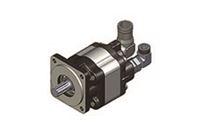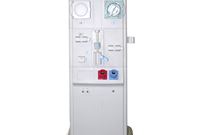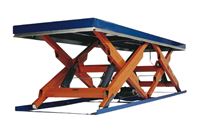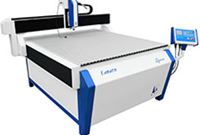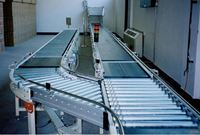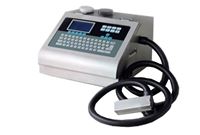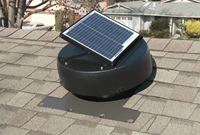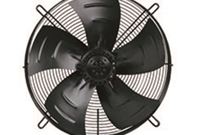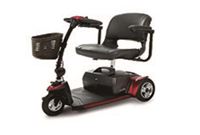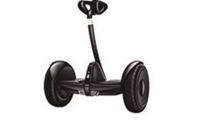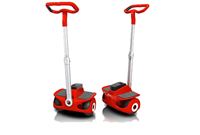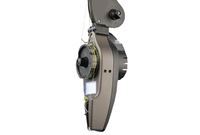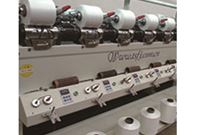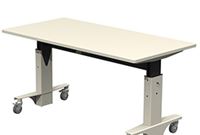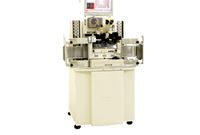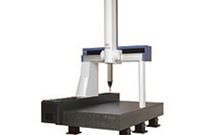- Q: What is a brush dc motor?
- A:
Brush DC Motor provides precision control of speed, driven by a direct current. Noted for a particularly high ratio of torque to inertia, the Brush DC Motor has the potential to supply three to four times more torque than its rated torque. If needed, it can even provide up to five times more, without stalling. The Brush DC Motor consists of six different major components: the shaft, armature/rotor, commutator, stator, magnets, and brushes. The Brush DC Motor offers stable and continuous current, using rings to power a magnetic drive that operates the motor's armature.
- Q: Do I have to run a motor at the rated voltage?
- A:
No. The voltage shown for the available motor windings is listed as a reference voltage, and it is just that. Certain motor parameters, including no-load speed, peak torque, and peak current are voltage dependent. Therefore, a voltage must be chosen in order to show these values. The choice is subjective to a degree, but provides a convenient way of comparing different motor windings.
- Q: Are your motors and gearmotors reversible?
- A:
Yes. All of our brush-commutated units are reversible. Simply reversing the polarity to the motor terminals or leads will reverse the output direction of our brush-commutated units.
- Q: Does IMS offer any EMI/RFI filtering?
- A:
Yes, IMS offers custom EMI/RFI filters to meet CE requirements or other regulatory qualifications.
- Q: Can I buy replacement brushes, gears, etc?
- A:
Since IMS products are mainly focused on the OEM industrial and automation applications, generally all our motors will be manufactured according to the strict technical standard after qualification testing or field testing is finished. These OEM’s will normally call the design where maintenance of brushes or gears arenot required during the machine’s lifetime. So we normally do not supply replacement brushes and gears. Please also be aware that while it is generally technically possible to replace the brushes or brush assemblies, it is not always practical. By the time brushes have finally worn out, significant brush-dust has typically accumulated within the motor. Additionally, the commutator, bearings, and gears have also experienced some degree of wear. These conditions are often impractical to correct and will typically contribute to a reduced time to failure than was experienced with the original brush set.
- Q: What is the lifetime of brush motor?
- A:
This is a tricky question to answer in a short paragraph. The life of the brushes, bearings, and gearbox (if used) all play an important role in the longevity of a Brush DC Motor. Most commonly, Brush DC Motor life expectancies range from 1,000 to 5,000 hours of operation, although actual service life varies. Brush DC Motor design, operating current, speed, voltage, rotation direction, duty cycle and other conditions are all contributing factors. Please contact IMS engineering for more information.
